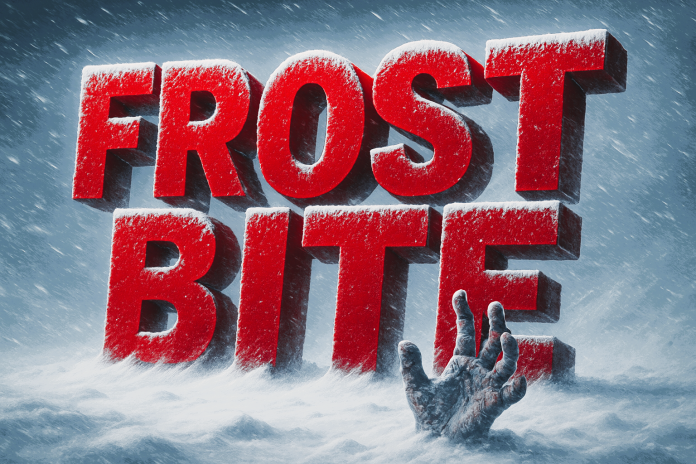Charleston, WV – West Virginia may face a surge of winter-like cold heading into Thanksgiving week, raising concerns about frostbite and hypothermia, according to updated projections from the National Oceanic and Atmospheric Administration (NOAA). The agency’s Nov. 19 climate outlook highlights a major pattern shift beginning November 25, with colder-than-normal air likely across Appalachia and the Mid-Atlantic through early December.
According to NOAA, the developing cold pattern is influenced by ongoing La Niña conditions, the Madden–Julian Oscillation, and the potential for a rare late-November sudden stratospheric warming event. These combined factors may funnel Arctic air into the North-Central and Eastern U.S., putting West Virginia inside the below-normal temperature zone.
With families preparing for Thanksgiving travel, early holiday shopping, hunting season activities, and outdoor events, health officials warn that frostbite and hypothermia can set in faster than many expect — especially in higher elevations where temperatures drop more sharply.
Key frostbite symptoms include:
• Numbness or loss of feeling
• Tingling or prickling sensations
• Cold, hard, waxy-looking skin
• Skin discoloration (red, white, blue, gray, or purple)
• Blisters that may form after rewarming
Ten important signs of hypothermia:
Shivering, slurred speech, shallow breathing, weak pulse, confusion, memory loss, severe fatigue, stumbling or clumsiness, drowsiness, and — in severe cases — loss of consciousness. Infants may show bright red, cold skin and unusually low energy.
NOAA urges residents to dress in warm layers, keep extremities covered, and limit time outside during the coldest periods of the holiday week. Anyone showing frostbite or hypothermia symptoms should seek immediate medical attention and warm affected areas using warm — not hot — water or gentle body heat.





